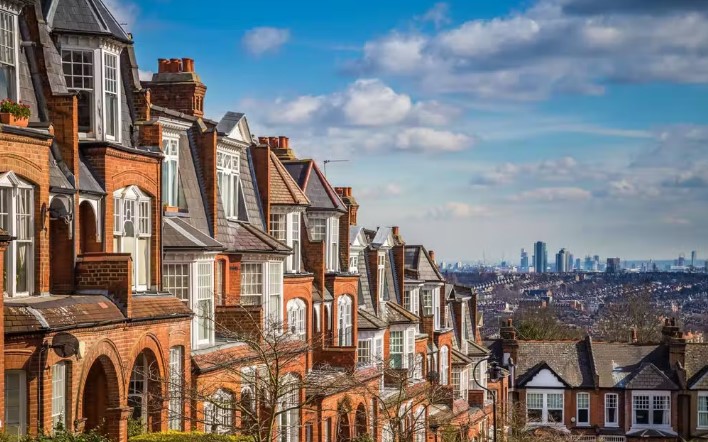5 Factors That Affect Your Property’s Value in London

Supply and Demand
High demand and limited supply: When there is high demand for properties in London, but limited supply, this can create a seller’s market. In this situation, buyers compete for only a small number of properties, which can lead to bidding wars and inflated prices. For example, properties located in prime areas such as Kensington, Chelsea, and Mayfair tend to be in high demand, resulting in property prices skyrocketing in these areas.
Low demand and high supply: Conversely, when there is low demand for properties in London, but high supply, this can create a buyer’s market. In this situation, sellers compete for a limited number of buyers, which can lead to lower prices. For example, during the Covid-19 pandemic, many people left London, which resulted in a surplus of properties for sale and a decrease in property prices. If you’re a seller in such a market, it’s crucial to be strategic about pricing your property. Consider getting a free property valuation to get an idea of what your property is worth in the current market. This will ensure competitive pricing.
Inflation
Increase in property prices: Inflation can cause property prices to surge as money value decreases. When inflation is high, people may prefer to invest in tangible assets such as property to protect their wealth. As a result, demand for properties increases, which leads to higher property prices.
Higher borrowing costs: Inflation can also lead to higher borrowing costs, as central banks increase interest rates to control inflation. This can make it harder to borrow money to buy properties. And as a result, the demand for properties will decrease, lowering real estate prices.
Prime property
High demand: Prime properties are highly sought after by wealthy buyers and investors. As a result, there is often demand for these properties, which can drive up prices. For example, prime properties in areas such as Mayfair, Knightsbridge, and Belgravia command prices in the tens of millions of pounds.
Limited supply: Prime properties are often located in historic or conservation areas, which restrict development. This can limit the supply of prime properties, which also drives up prices. For example, in areas such as Kensington and Chelsea, prime properties are limited due to strict planning regulations.
International demand: Prime properties in London are often attractive to international buyers, who appreciate the London property market’s stability and security. This can increase demand for prime properties and raise prices.
The employment market
Job growth and relocation: Areas with strong job growth and the relocation of companies and industries to London can lead to an increase in demand for properties in those areas. For example, the development of the Tech City area in East London has led to an increase in demand for properties in the area.
Salary: Higher average salaries can lead to higher demand for properties in that area, which can drive up prices. For example, areas such as Canary Wharf and the City of London, which are home to many high-paying jobs in finance and business, can command significant property prices.
Economic stability: The state of the employment market can also impact the overall economic stability of the region, which can in turn impact property values. A strong employment market can lead to a stable economy that supports property values.
Environmental factors
Air and noise pollution: Properties located in areas with high levels of air and noise pollution may be less desirable to buyers and renters, which lowers property values.
Green spaces: Access to green spaces, such as parks and gardens, can be a significant selling point for London properties.
Proximity to public transportation: Properties located near public transportation, such as tube stations and bus stops, can be more attractive to buyers and renters, particularly those who rely on public transportation to get around.
Energy efficiency: Investments that are energy-efficient and have a low environmental impact are likely to appeal to buyers and renters. And as a result, properties with energy-efficient features, such as solar panels, insulation, and high-efficiency heating systems have higher property values.
Climate change: With the growing concern about climate change, properties located in areas less vulnerable to climate change impacts, such as flooding and extreme weather events, may be more desirable, and command higher prices.




























